Heterodontosaurus
Name Origin
Different-Toothed Lizard
Family
Heterodontosauridae
Classification
Diapsida, Ornithischia, Ornithopoda
Habitat (Discovery Location)
South Africa
Period
Approximately 199 to 189 million years ago (Early Jurassic)
Length
Approximately 0.9 to 1.2 meters
Weight
Approximately 6 kilograms
Diet
Herbivore (Plant-eater)
 Jurassic
Jurassic
Park / World Featured Dinosaur
Appearance in Jurassic Park
It does not appear as a living creature in the film.
However, its fossil skull can be seen embedded (or carved) into the walls of the Visitor Center's main hall, near the large skeletal displays. This marks the only appearance of Heterodontosaurus in the movie.
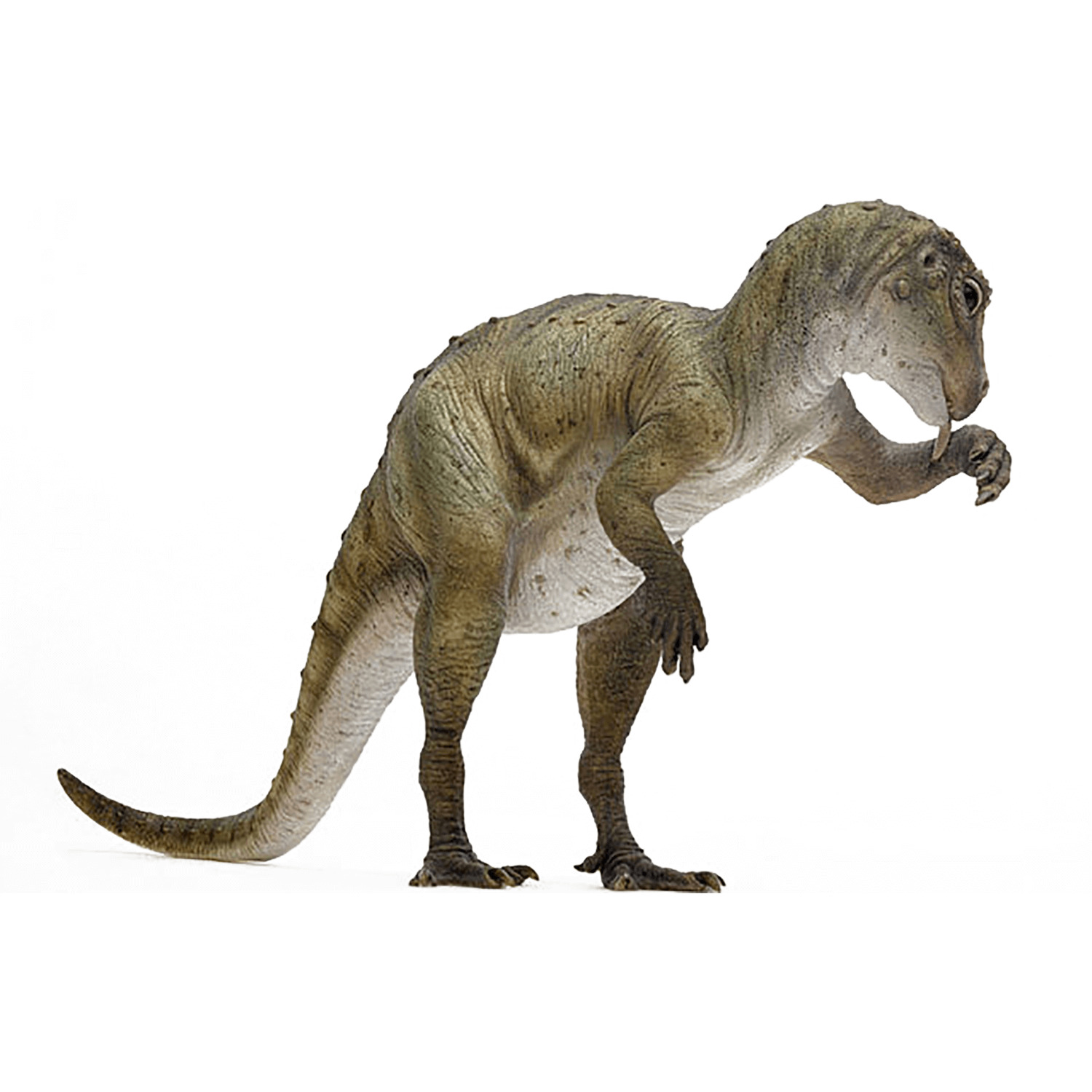


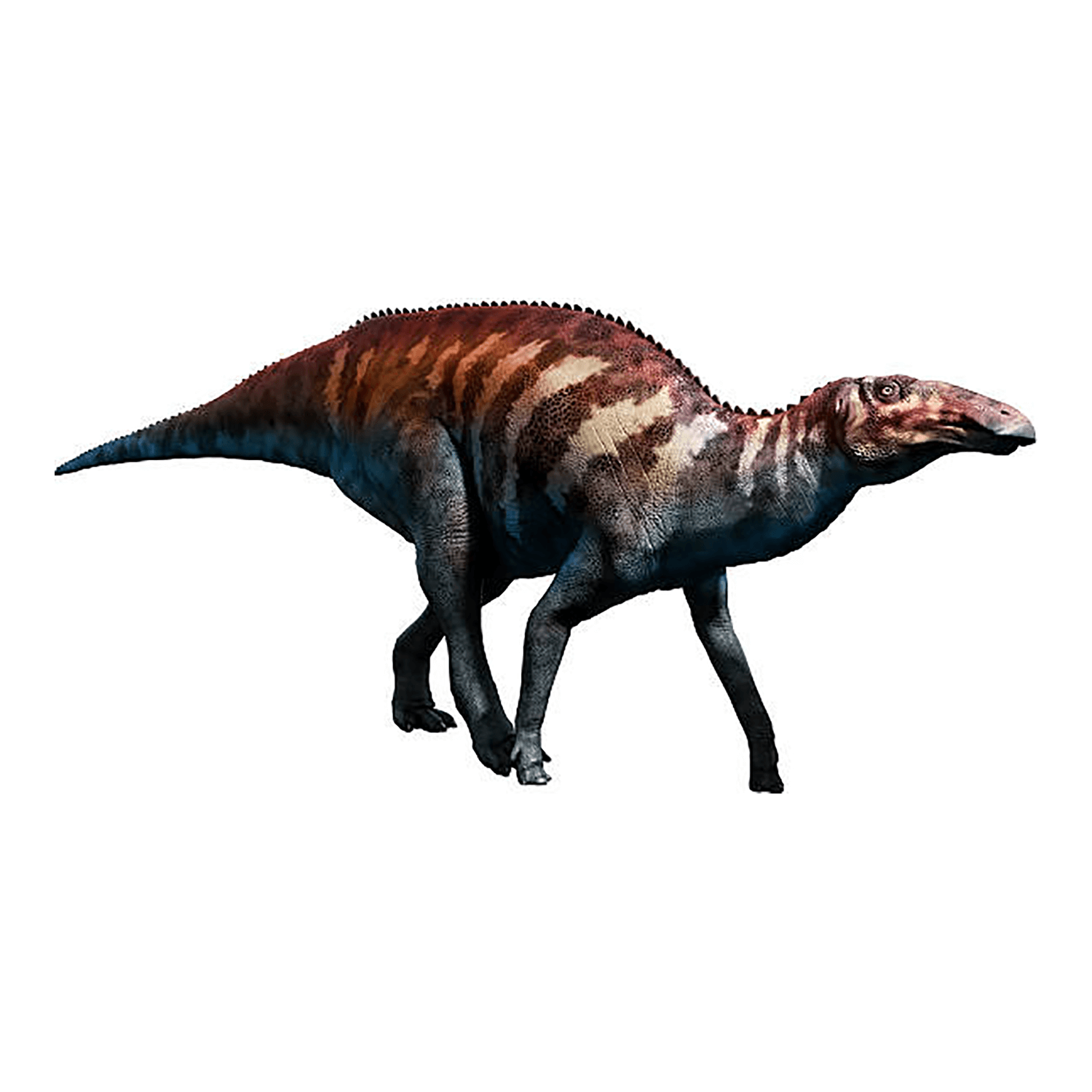
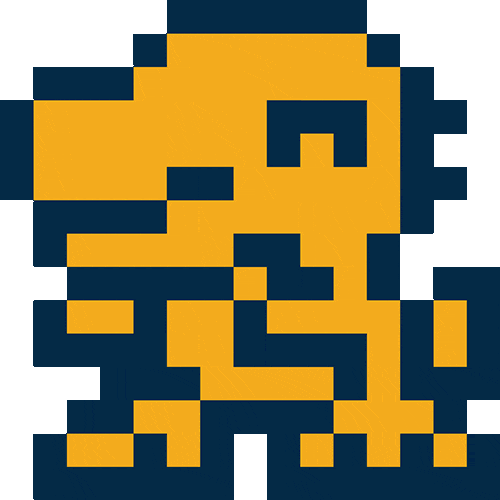
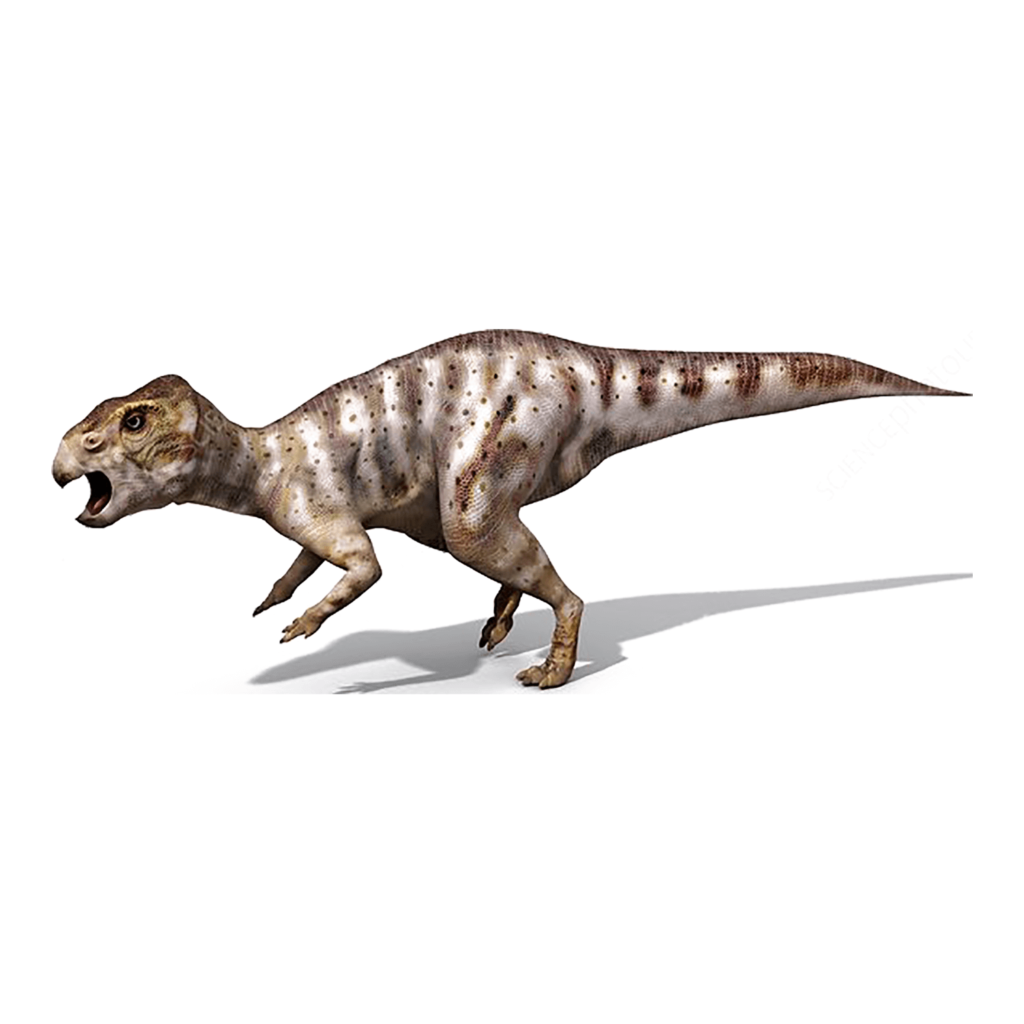
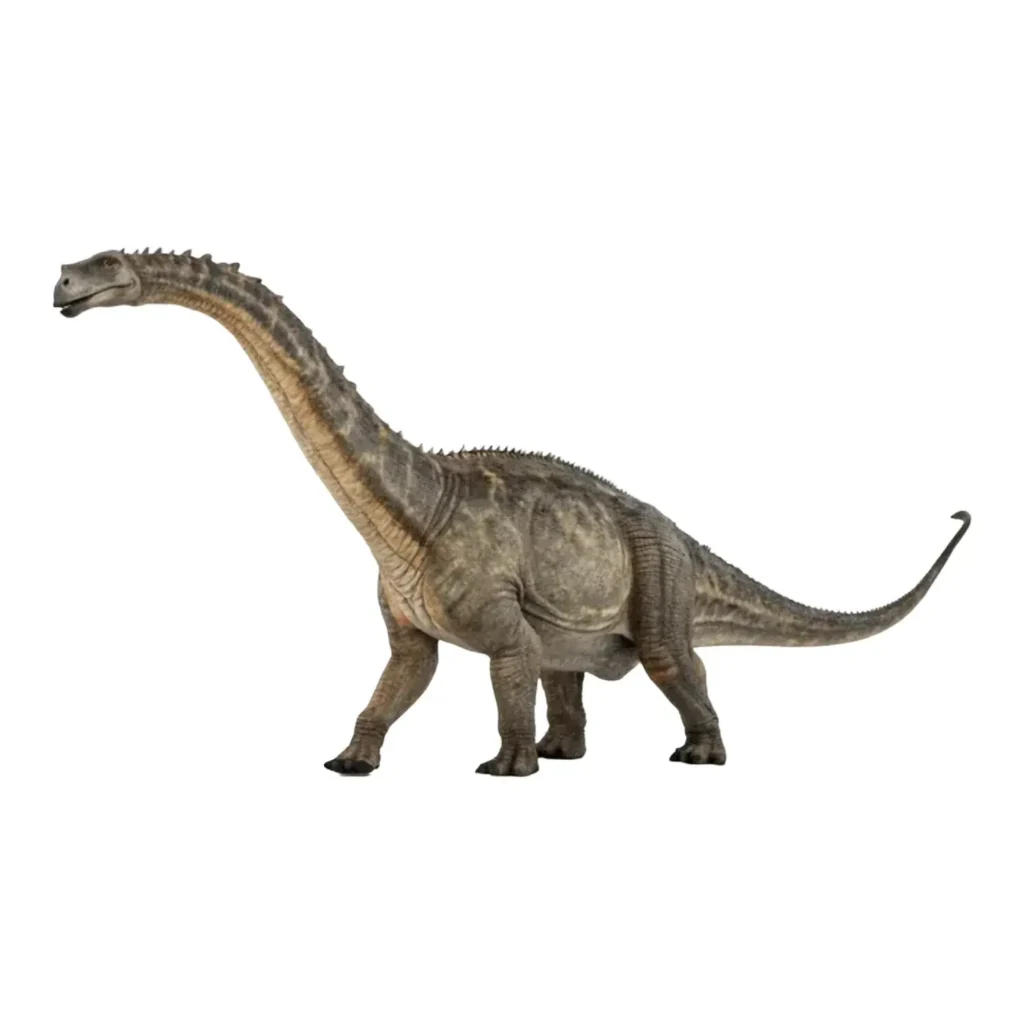
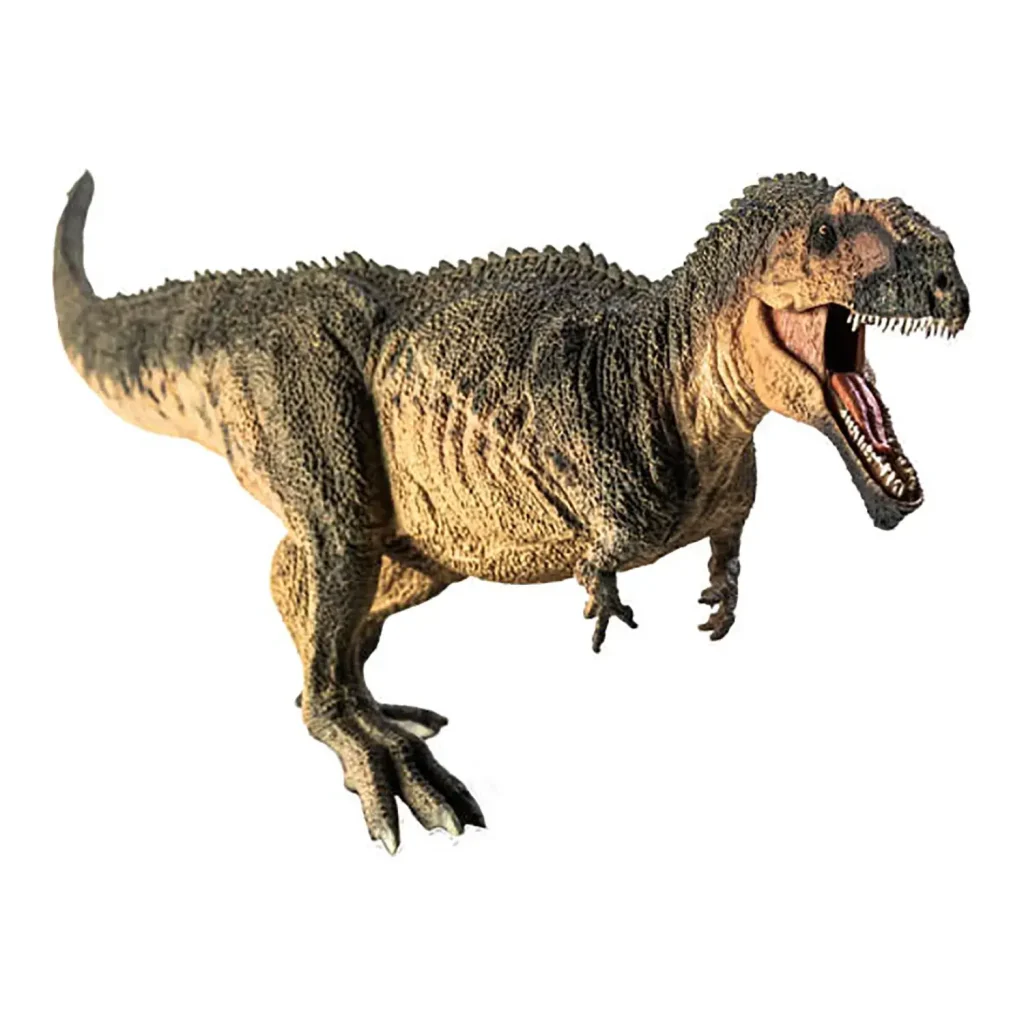
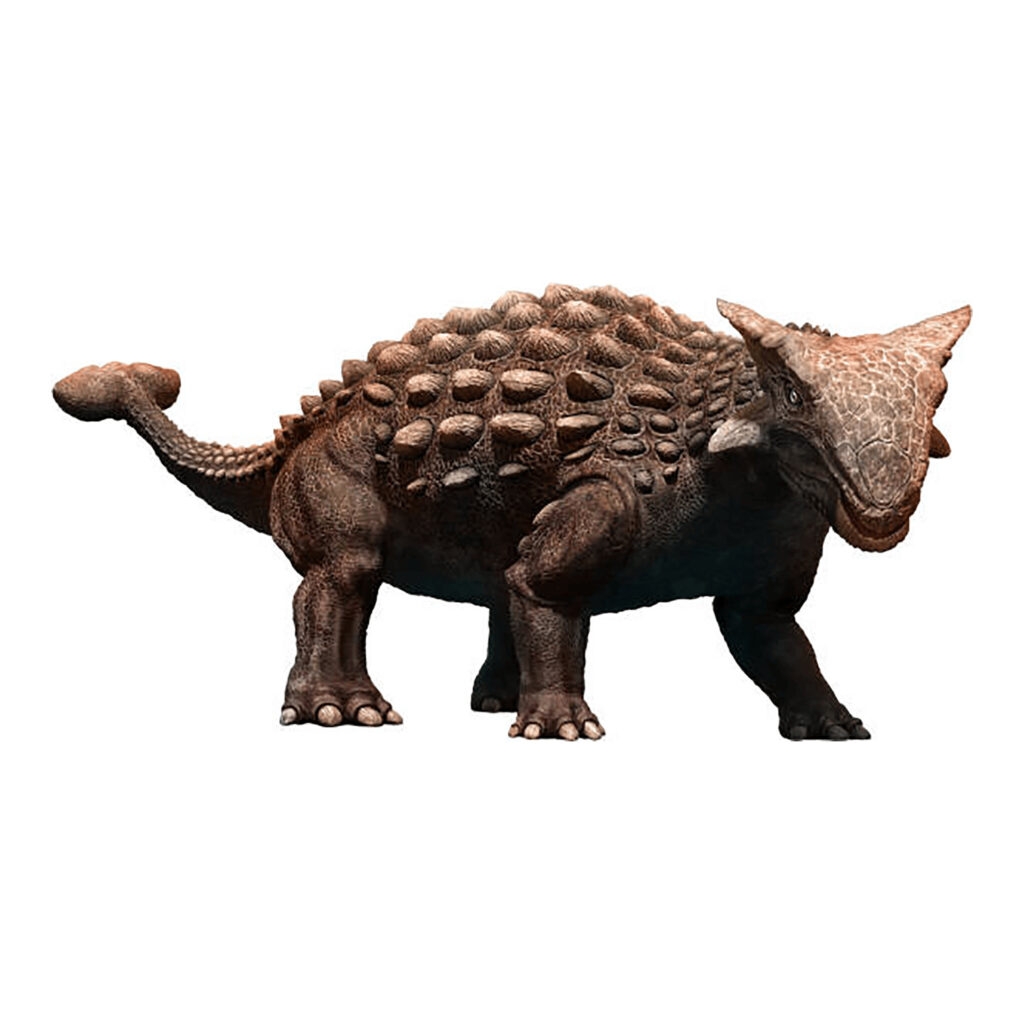
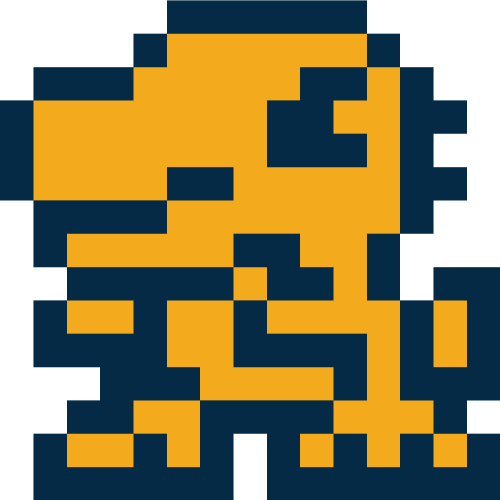
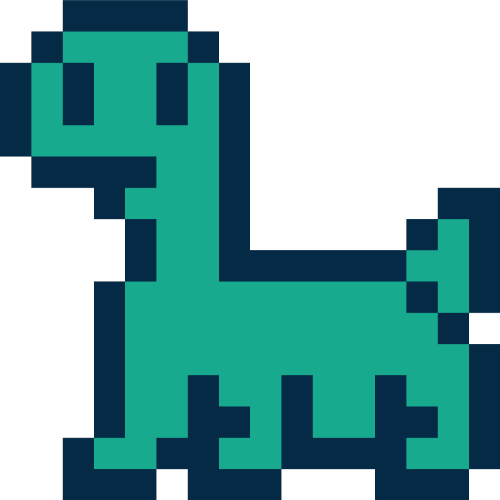
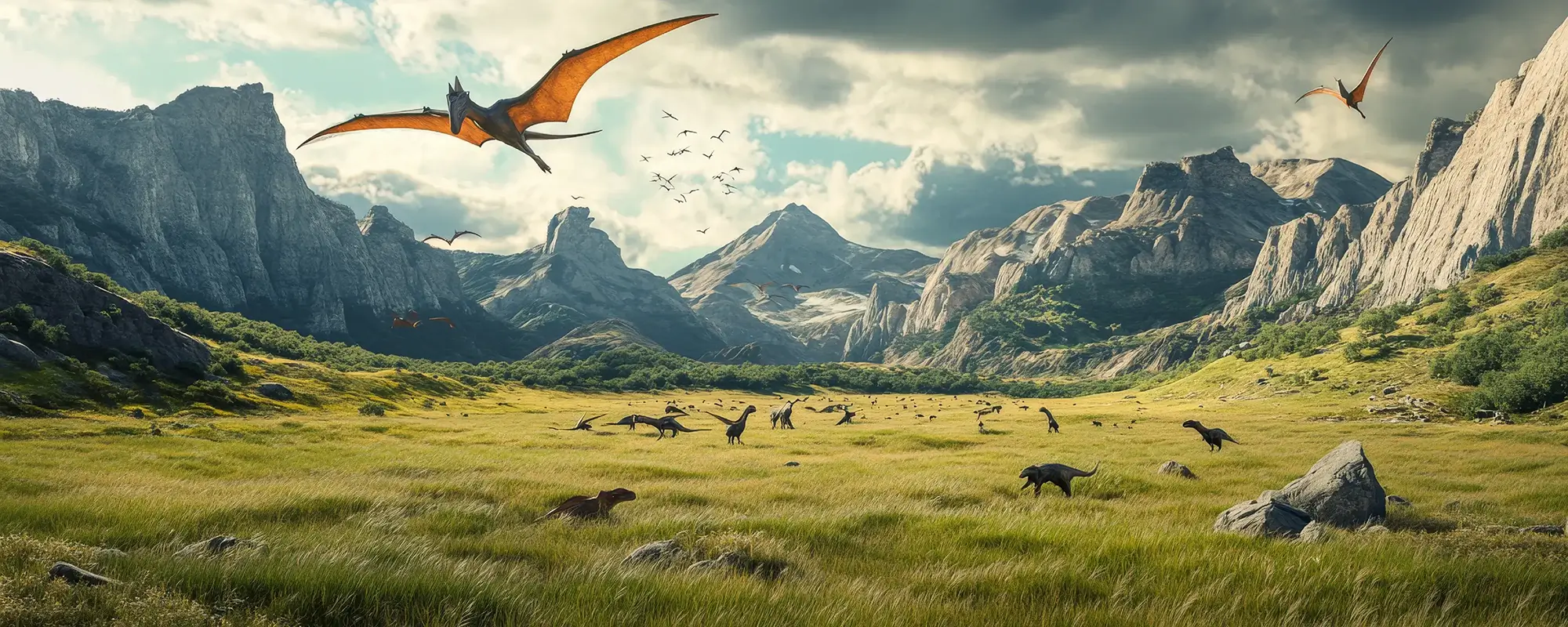



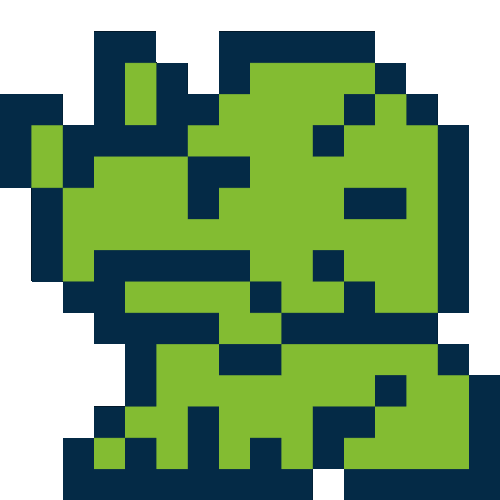
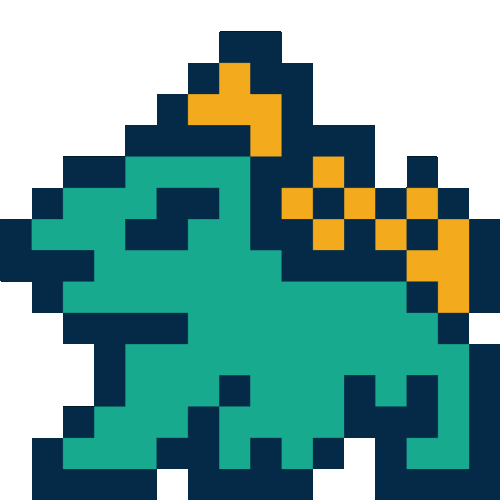
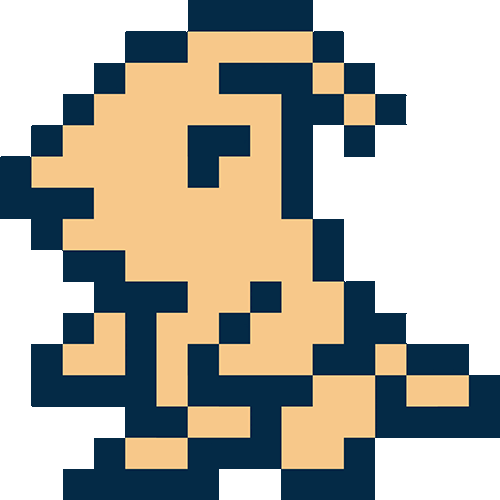

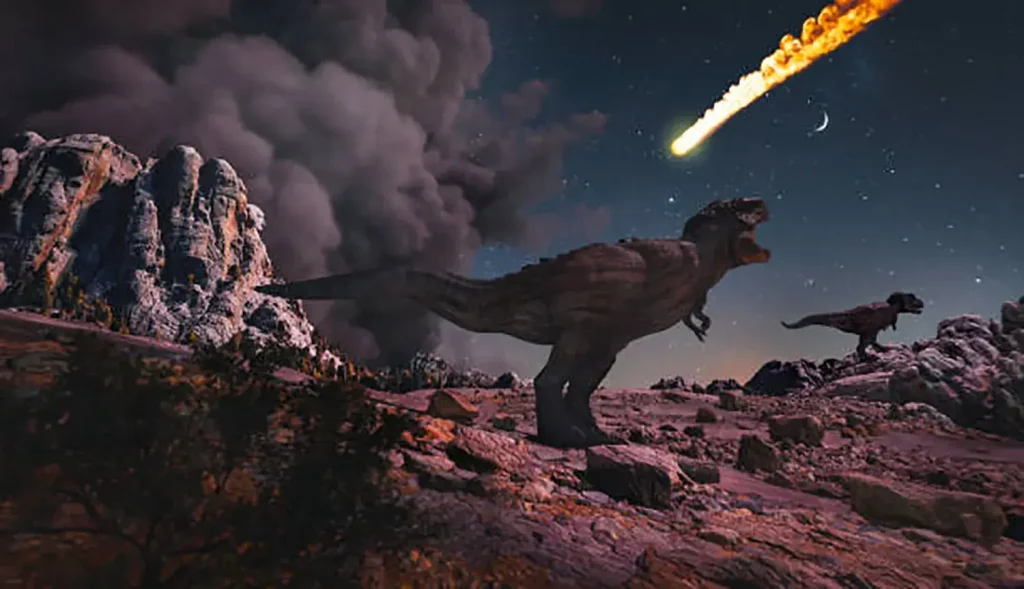
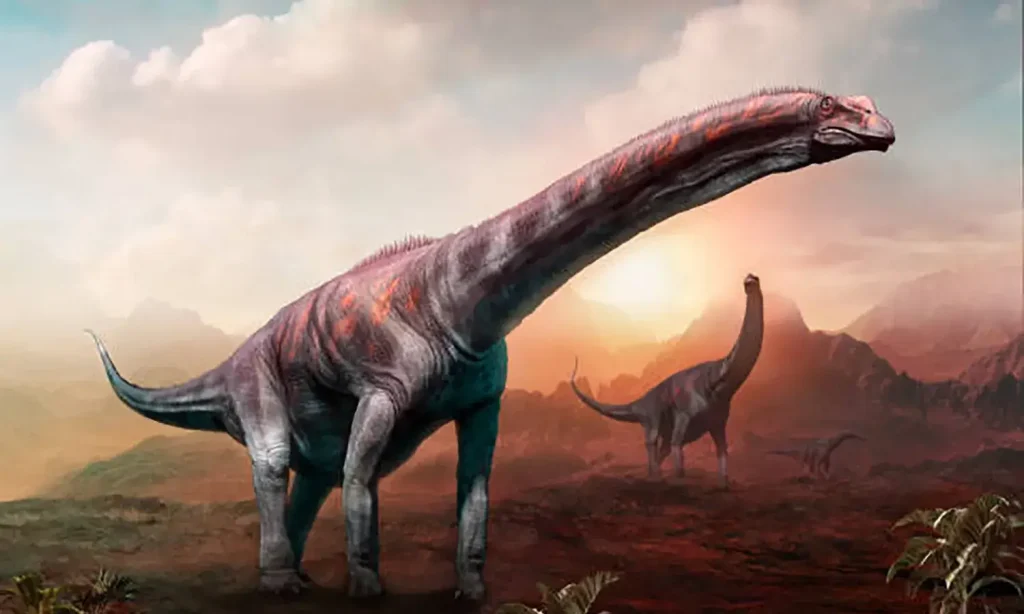
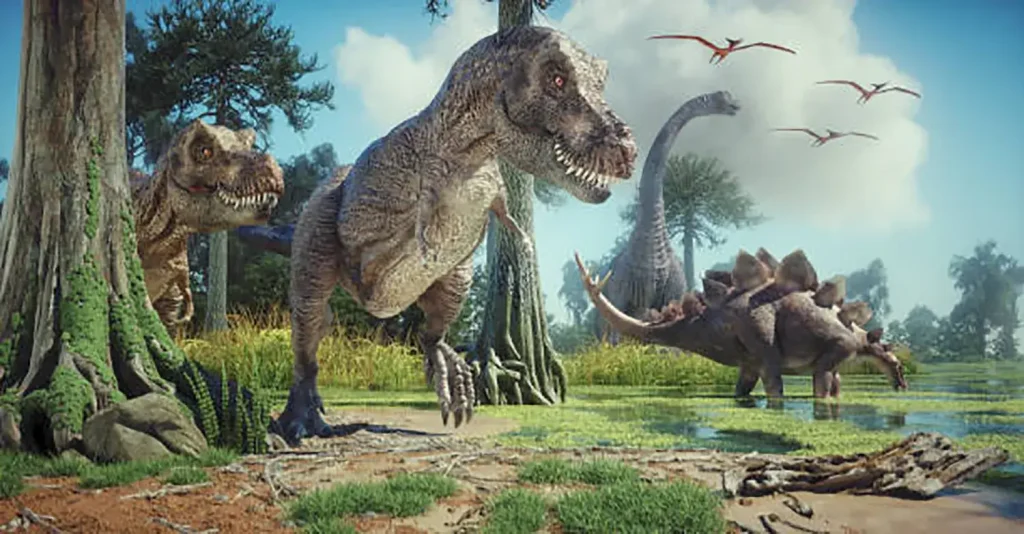
Description
Heterodontosaurus was a small ornithischian dinosaur that lived in South Africa during the Early Jurassic period.
Its total length was only about 0.9 to 1.2 meters—roughly the size of a turkey—but its unique characteristics make it an extremely important species for unraveling the early evolution of dinosaurs.
A Clear Picture Revealed by Well-Preserved Fossils
An extremely well-preserved fossil of Heterodontosaurus, including most of its skeleton, has been discovered, revealing its unusual appearance during the dawn of the dinosaur age in great detail.
This fossil shows that it had a short torso, an extremely long tail, and slender hind limbs.
Its lightweight body allowed it to run quickly on two legs to escape predators.
Additionally, its large eyes helped it spot enemies even while it was feeding on plants.
The Greatest Mystery: The Evolution Indicated by Its “Different Teeth”
The most mysterious characteristic of Heterodontosaurus is the structure of its teeth.
While most dinosaurs have teeth of a uniform shape, Heterodontosaurus had three distinct types of teeth, much like a mammal.
Incisors
The teeth at the very front of the mouth were long and pointed, similar to a carnivore’s. While thought to be suitable for plucking plants, their exact role remains a mystery.
Canines (Fangs)
Behind those were fang-like teeth, similar to human canines.
Dinosaurs with canine-like teeth are extremely rare, and there is no consensus on their use.
They may have been bared to intimidate rivals during fights or territorial disputes.
Molar-like Teeth
The teeth at the far back of the cheek were shaped appropriately for chewing and grinding plants.
The “Five Fingers”: A Rarity for a Dinosaur
An even more surprising feature is its forelimbs.
It had five fingers.
Species with five fingers are extremely rare in the dinosaur world, and it was a surprise that a creature with this trait existed, especially in the early Mesozoic.
In life, it is believed to have used these five fingers dexterously to grasp vegetation.
Relationship with Abrictosaurus
Specimens without canines have also been found. These were given a separate genus name, Abrictosaurus.
However, it is now considered highly likely that these were female Heterodontosaurus (lacking canines as they were not needed for fighting) or juveniles whose fangs had not yet grown in.
The Foundation of the Ornithischians
Heterodontosaurus’s unique teeth and primitive five fingers suggest that it was a foundational creature for the later, highly successful ornithischians, such as Triceratops, Ankylosaurus, and Parasaurolophus.